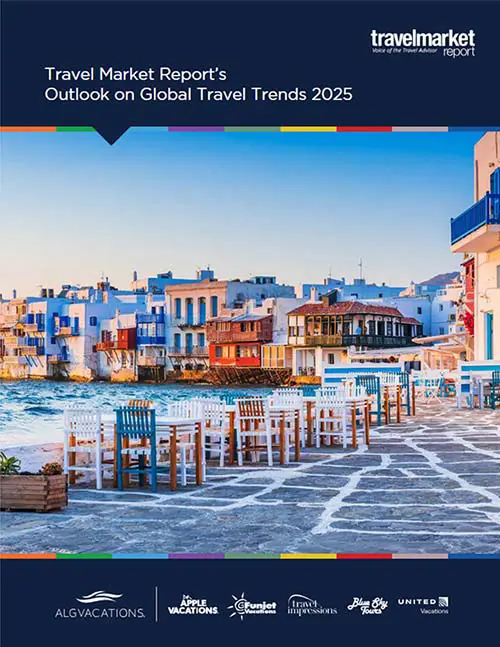The U.S. Travel Boom Is Not Slowing Down Just Yet
by Daniel McCarthy
Photo: Reel creative / Shutterstock.com
The post-COVID travel boom that the industry has experienced is not slowing down as more than three-quarters of Americans say they will plan a vacation over the next 12 months.
That’s according to MMGY, which released the newest edition of its Portrait of American Travelers study last week. The report, which is widely considered one of the leading barometers of travel sentiment among Americans, not only saw bullish sentiment for the industry a year out but also in the shorter term, with 64% saying they expected to take a trip in the next six months.
Both of those numbers are better than what MMGY observed during the same period last year, including a 58% boost in the “next six months” number. Furthermore, the MMGY Travel Sentiment Index is up to 113 from 109 in February 2023, which shows rising optimism among travelers despite inflation and geopolitical headwinds.
The industry’s boom continues to be led by two sections of the traveling public—Millennials and high-income households, both of which have increased spending intentions to the high levels since the pandemic, according to MMGY.
Possible warning signs
Even with the bullish sentiment, there are some signs on the horizon that the industry should be aware of.
For one, the report found a decline in travelers who consider international trips to be safe—down from 52% this time last year to 48%. That could be due to the continued conflicts in both Ukraine and the Middle East, along with an increased amount of travel warnings coming from the State Department, including one for Jamaica and another for The Bahamas.
Ashley Adams, Research Account Manager with the MMGY Travel Intelligence Team, told TMR that the survey also saw a slowdown in the rate of increases that it recorded in recent years.
He added that, while those high-income travelers are still spending, others seem to be looking to cut back.
“The number of leisure trips travelers are expecting to take is down from a year ago, and inflationary pressures continue to have a strong impact on younger travelers, travelers with lower household incomes, and travelers with children,” she said.
2024 is also an election year, which has been a weight on travel demand in the past. This hasn’t necessarily shown up in the data yet, but could as the calendar flips closer to November.
“I expect that for this year we will not see the growth we have seen, especially post-pandemic, but a more steady pace as travelers settle in. The next wave of this study may reveal more as we get closer to the election proper,” Adams said.
What’s next?
If there is a slowdown in travel demand coming, particularly one that materially impacts the industry, Adams said to look out for a few factors—time available for travel and the length and location of trips.
“Time available for travel increased significantly from last wave, which when combined with the lower number of leisure trips may indicate travelers will be looking for shorter or less frequent trips,” she said. “Spending remains high, however, a combination of both the overall increased cost of travel and increased spend per trip by travelers.”
Neither of those are factors right now. In fact, perceived affordability and money available for travel are both up in this latest report, which shows that even though cost may be a concern for the majority of travelers, it is better than it has been in previous waves.
“I would keep an eye and see if this will continue to shift, with concern for time available to travel increasing and how that may impact length of stay and where these travelers go,” she added.
























